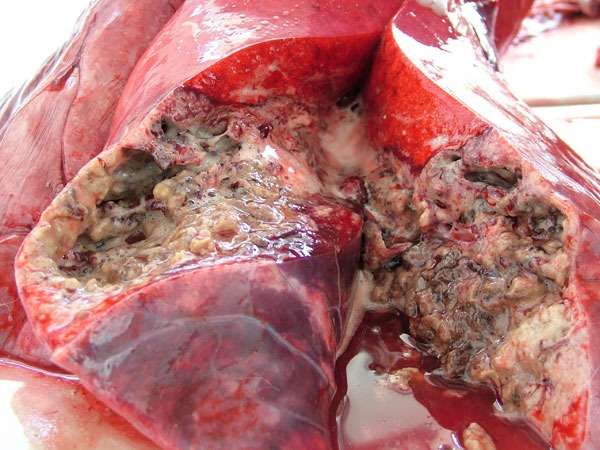
BY PHYLLIS MBANJE
PREVENTIVE medicine for tuberculosis (TB) should be more accessible to a greater number of people as this would contribute immensely to reducing TB incidence, deputy director for the Aids and TB unit in the Health ministry, Charles Sandy, has said.
Speaking on the sidelines of the recently held lung conference in India, Sandy said reports that the price of the anti-TB drug, rifapentine, had been reduced was a welcome development. “Making preventive medicine more accessible to more people will contribute towards reducing incidence of TB,” he said.
Leading global biopharmaceutical company Sanofi, together with Unitaid and the Global Fund to Fight Aids, Tuberculosis and Malaria, signed a pact which saw the drug price being lowered by close to 70%.
“Rifapentine is used in combination with isoniazid and the combination is of shorter duration and taken once a week for three months,” he said.
The dose of isoniazid is taken once daily for a period ranging from six months to two years. The period is inconveniently longer and some may default.
Said Sandy: “This (price reduction) is good in terms of convenience for the client and should lead to better adherence.”
Many people have latent TB (when a person is infected with mycobacterium tuberculosis, but does not have active tuberculosis) and so if they take rifapentine it will halt progression to full-blown TB.
- Chamisa under fire over US$120K donation
- Mavhunga puts DeMbare into Chibuku quarterfinals
- Pension funds bet on Cabora Bassa oilfields
- Councils defy govt fire tender directive
Keep Reading
In the absence of any intervention, a substantial percentage of this population will develop active TB.
Meanwhile, access to diagnostic services for children remains a major challenge to TB programmes around the world.
This was highlighted at many of the sessions at the conference with concerns that routine screening of children was not being prioritised.
Hollywood film and television actress Claire Forlani, ambassador for The Union, made a clarion call for local interventions using simple tools for active screening and diagnosis to end the epidemic among children.
Of concern as well was the incidence of asthma and pneumonia. While these two diseases are the biggest causes of illness and death in young children, they are avoidable.
Millions of children and adults succumb to these diseases annually, particularly in low- and middle-income countries (LMICs), where inequalities in access to affordable and high quality care is a barrier to diagnosis and adequate treatment.
“There have been highly effective asthma controlling treatments available for decades, and yet children die from asthma in LMICs because of the difficulty in diagnosing and treating them,” said Innes Asher, University of Auckland professor and Global Asthma Network chair.











